Suyeonsanbang (수연산방)
11.9Km 2016-12-16
8, Seongbuk-ro 26-gil, Seongbuk-gu, Seoul
Suyeonsanbang, a traditional Korean tea house located in Seongbuk-dong, was originally the house where the late Korean author Lee Tae-Jun wrote many of his books. Now, his estate has opened Suyeonsanbang’s doors to the public in the form of a charming and peaceful tea house. Famous for its savory tea, beautiful nature, and rich history, Suyeonsanbang has been covered by a variety of foreign media outlets like NHK (Japan), BBC (UK), French TV channels, and numerous Japanese magazines. To take a break during the summer heat, visitors come to Suyeonsanbang to try their patbingsu (shaved ice with red beans), one of its summer specialties. So come relax and be inspired in this traditional Hanok tea house.
HANAMPIG Apgujeong Rodeo(하남돼지집 압구정로데오)
11.9Km 2020-10-30
27, Apgujeong-ro, 46-gil, Gangnam-gu, Seoul
+82-2-518-6988
A barbecue specialty restaurant located in Apgujeong-dong, Seoul. Each server cooks meat for you. The most famous menu is grilled pork belly.
Stay Passport – Sindang Ryokan (스테이 패스포트 신당 료칸)
11.9Km 2025-05-07
33, Nangye-ro 11-gil, Jung-gu, Seoul
Seongbuk-dong Jip(성북동집)
11.9Km 2020-12-24
4 Seongbuk-ro 24-gil Seongbuk-gu Seoul
+82-2-747-6234
This restaurant in Seongbuk-dong is famous for its Kalguksu (chopped noodle soup) and dumplings. This restaurant's signature menu is noodle soup. This Korean dishes restaurant is located in Seongbuk-gu, Seoul.
Seongbuk-dong Jip (성북동집)
11.9Km 2021-03-29
4, Seongbuk-ro 24-gil, Seongbuk-gu, Seoul
+82-2-747-6234
This restaurant in Seongbuk-dong is famous for its Kalguksu (chopped noodle soup) and dumplings. This restaurant's signature menu is noodle soup. This Korean dishes restaurant is located in Seongbuk-gu, Seoul.
Porte Hyehwamun (Honghwamun) (창경궁 홍화문)
11.9Km 2020-12-08
185, Changgyeonggung-ro, Jongno-gu, Seoul-si
+82-2-2148-1466
Située au nord-est de Hanyang (l’ancien nom de Séoul), la Porte Hyehwamun fut l’une des quatre petites portes des murs de la forteresse de la ville. Lorsqu’elle fut construite en 1396 (la 5ème année du regne du Roi Taejo), pendant l’établissement de la ville, elle avait pour nom Honghwamun. Malheureusement, son nom était par hasard le même que celui de la porte de l’est du Palais de Changgyeonggung, construite en 1483 (durant la 4ème année du règne du Roi Seongjon). Afin donc d’éviter toute confusion, elle prit par la suite, en 1511 (durant la 6ème année du règne du Roi Jungjong), le nom de Hyehwamun. La porte est aussi connue sous le nom de Porte Dongsomun (Petite Porte de l’Est).
La Porte Hyehwamun fut un point de passage important pour les personnes avançant vers le nord du pays puisque celle du nord, la Porte Sukjeongmun, fut souvent fermée. La Porte Hyehwamun fut détruite lors de la construction d’une ligne de trawmay entre Hyehwa-dong et Donam-dong, pendant la période d’occupation japonaise. Elle fut néanmoins restorée en 1992 et placée sur une côte près de la route.
Vous pourrez trouver la porte via le tunnel Sajik, le mont Inwang, le mont Bukak, le Palais Changdeokgung, et l’Université Sungkyunkwan. Elle entrecoupe la route allant vers Uijeongbu. A l’intérieur de Hyewha-dong, se trouve la rue animée Hyewha-dong University Street et vous pourrez apercevoir le mont Bukak ainsi que le Pavillon Bukak à l’ouest de la porte.
Hostel Vanilla2
11.9Km 2021-04-09
34-8, Jong-ro 57-gil, Jongno-gu, Seoul
+82-10-9945-1944
Hostel Vanilla 2 is a guesthouse in a residential house located in Sungin-dong, Jongno-gu, Seoul. The 2-story house has 9 cozy rooms. Over 90% of the guests are from China, Taiwan, Hong Kong, Thailand, and Japan, and most of them are in their twenties. Since it is within a 10-minute walk from Dongdaemun Design Plaza, most guests – particularly those who came to Korea to shop during their tour - stay there for three or four days. All the guestrooms are for two and are kept clean at all times. The guesthouse provides free luggage storage service even after the guest has checked out, which is very convenient to the shoppers. Because the guests are young, the guesthouse owner communicates with the guests through various social network services and apps.
Sojeokdu (소적두)
11.9Km 2021-05-11
5-2, Apgujeong-ro, 46-gil, Gangnam-gu, Seoul
+82-2-3443-4433
This is a cafe located in Apgujeong-dong, Seoul. Try patbingsu (shaved ice with sweet red beans), the representative summer thirst-quencher of Koreans. The representative menu is shaved ice with red bean topping.
Naneungi (나능이)
11.9Km 2020-05-18
4, Bongeunsa-ro 38-gil, Gangnam-gu, Seoul
+82-2-517-4322
Naneungi is a restaurant specializing in mushroom cuisine. Using exquisite and nutritious neungi mushrooms, Naneungi is dedicated to serving delicious healthy food to visitors.
Ononsa (온온사)
12.0Km 2023-07-13
58, Gwanaksan-gil, Gwacheon-si, Gyeonggi-do
Ononsa, qui a été l'auberge de Gwacheon (Gaeksa), a été construite dans la 27e année du règne du roi Injo de Joseon (1949), mais a obtenu le nom « Ononsa » par le roi Jeongjo. En effet, le 11 février 1790, Jeongjo a visité le tombeau de son père, prince Sado et il a passé la nuit à l'auberge de Gwacheon. Il dit : « Le paysage est beau et il est agréable d'y séjourner », le roi a ainsi conféré les panonceaux manuscrits en prénommant Gaeksa Seoheon « Ononsa » et Gaeksa Dongheon « Burimheon », l'ancien nom de Gwacheon.
Désigné comme patrimoine culturel matériel de la région de Gyeonggi-do le 2 juin 1980, Ononsa a été restauré le 2 décembre 1986.
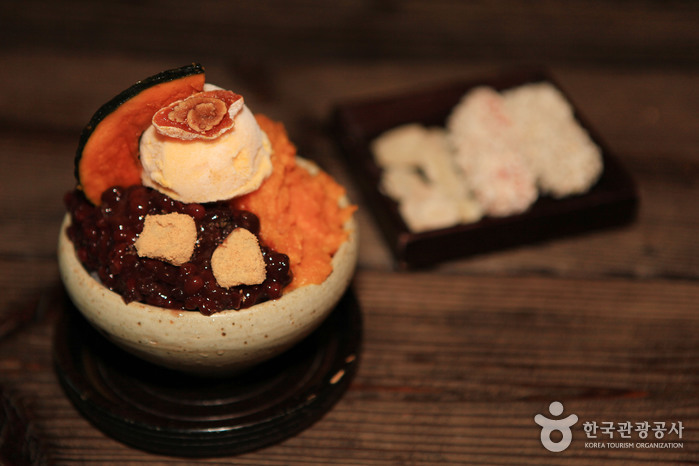
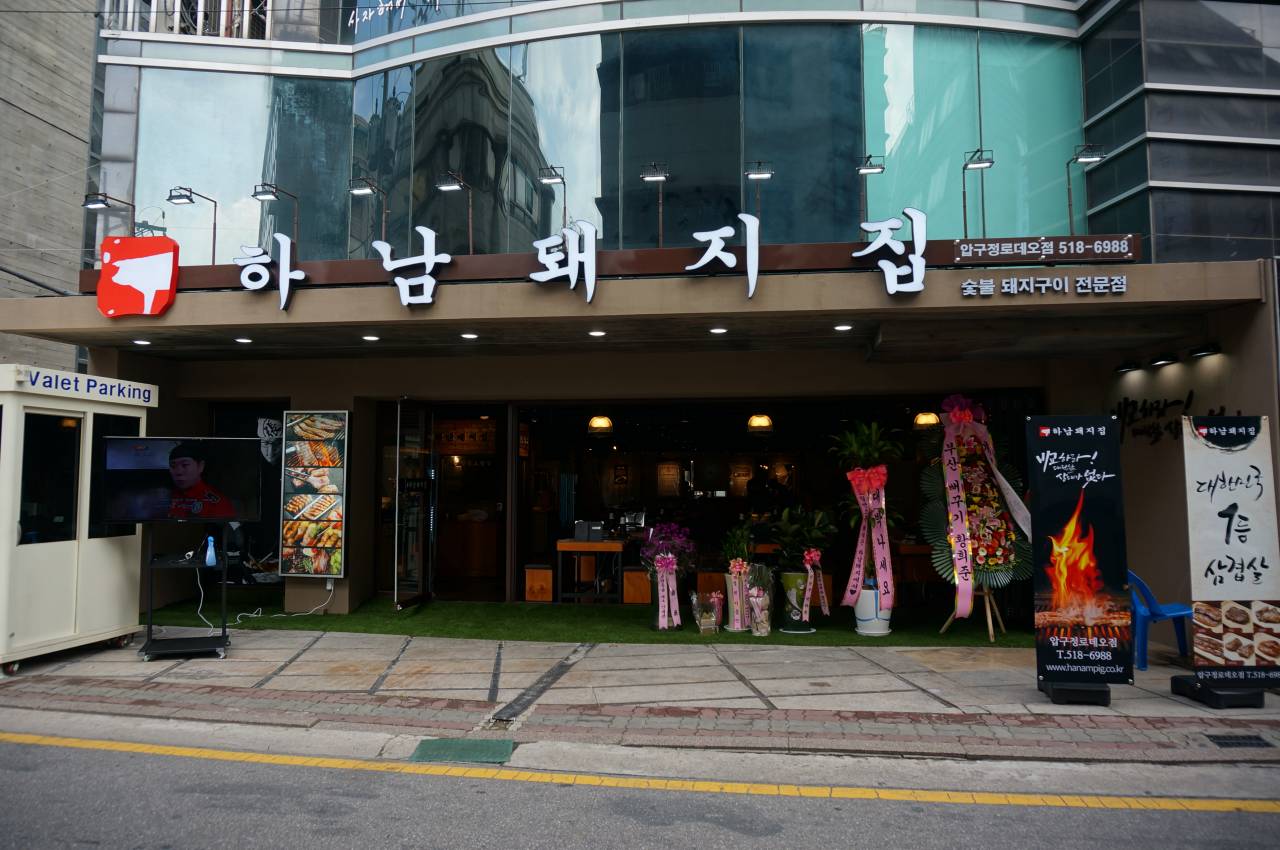
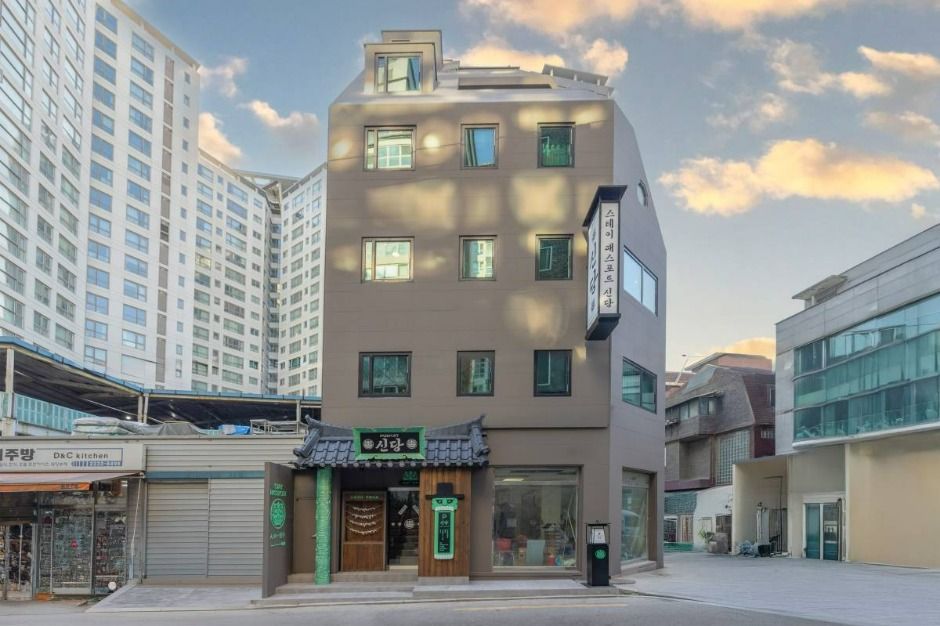
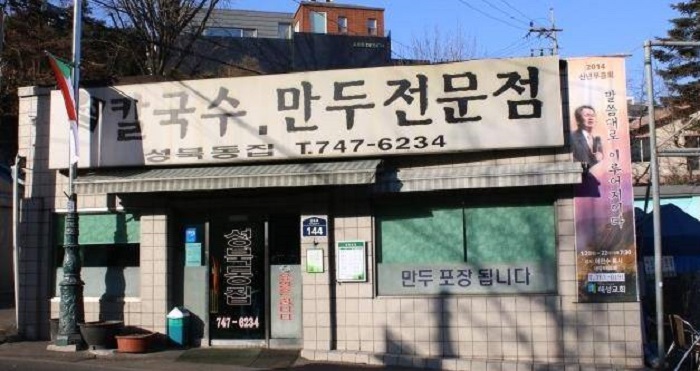

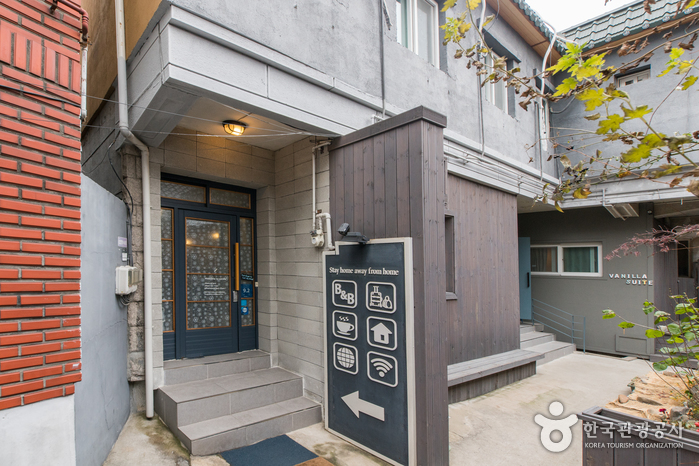
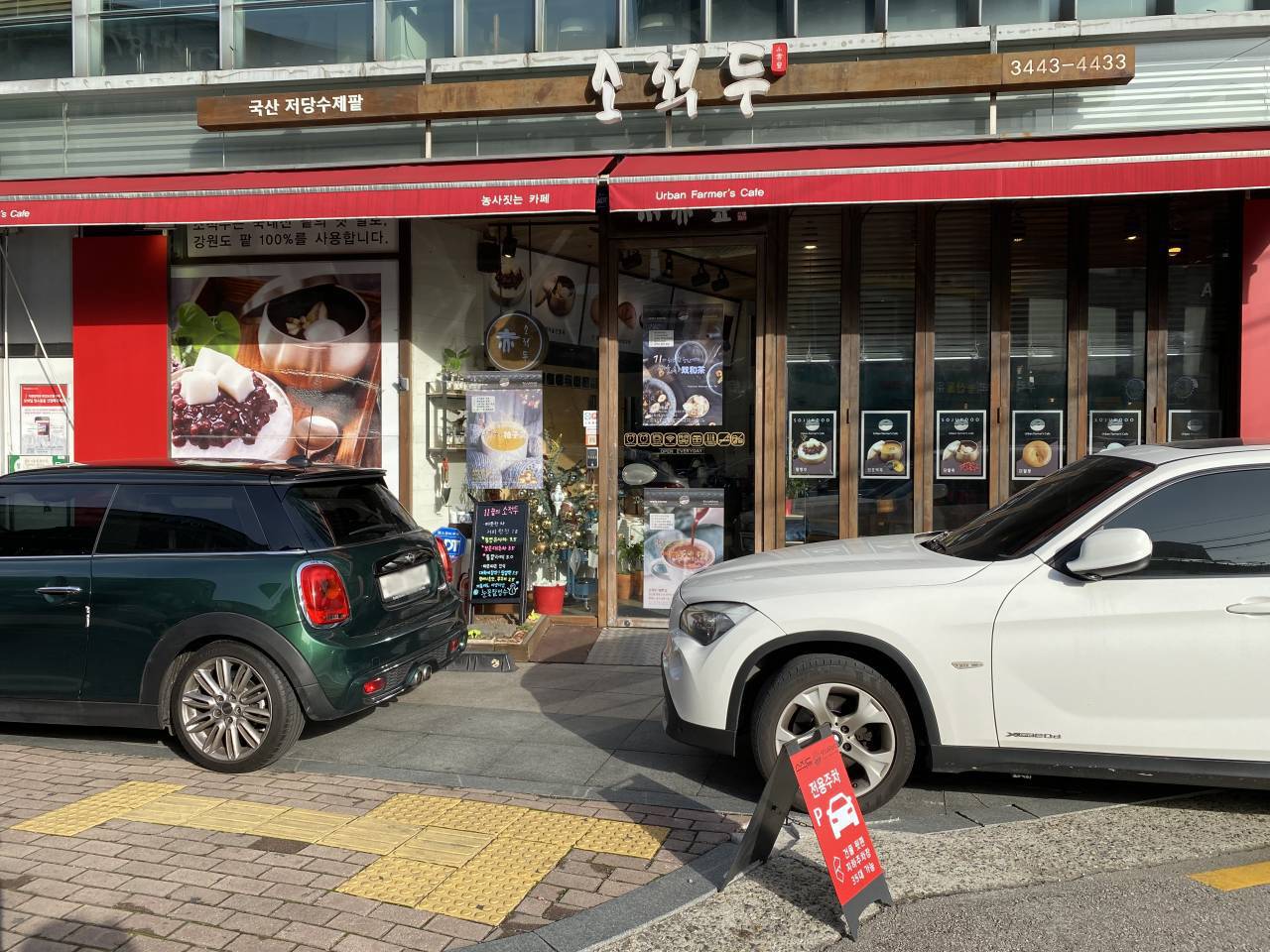
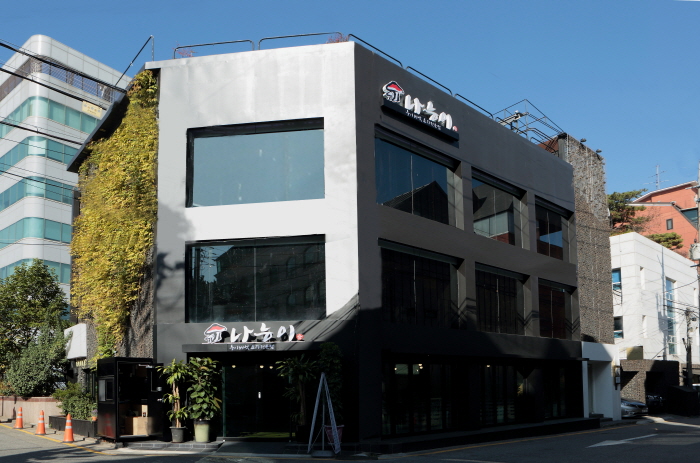
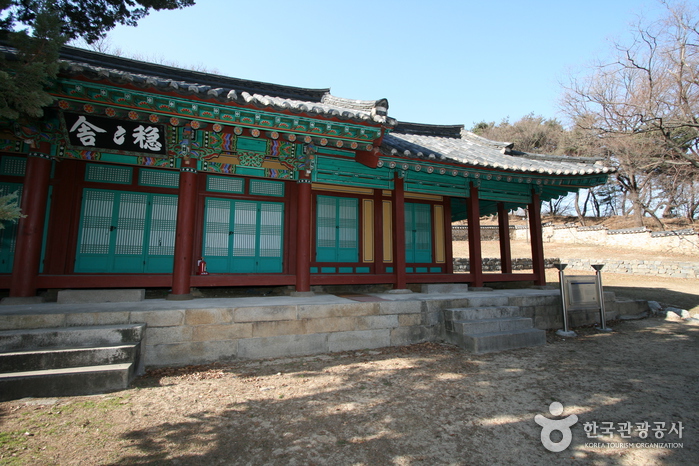
 Français
Français
 한국어
한국어 English
English 日本語
日本語 中文(简体)
中文(简体) Deutsch
Deutsch Español
Español Русский
Русский